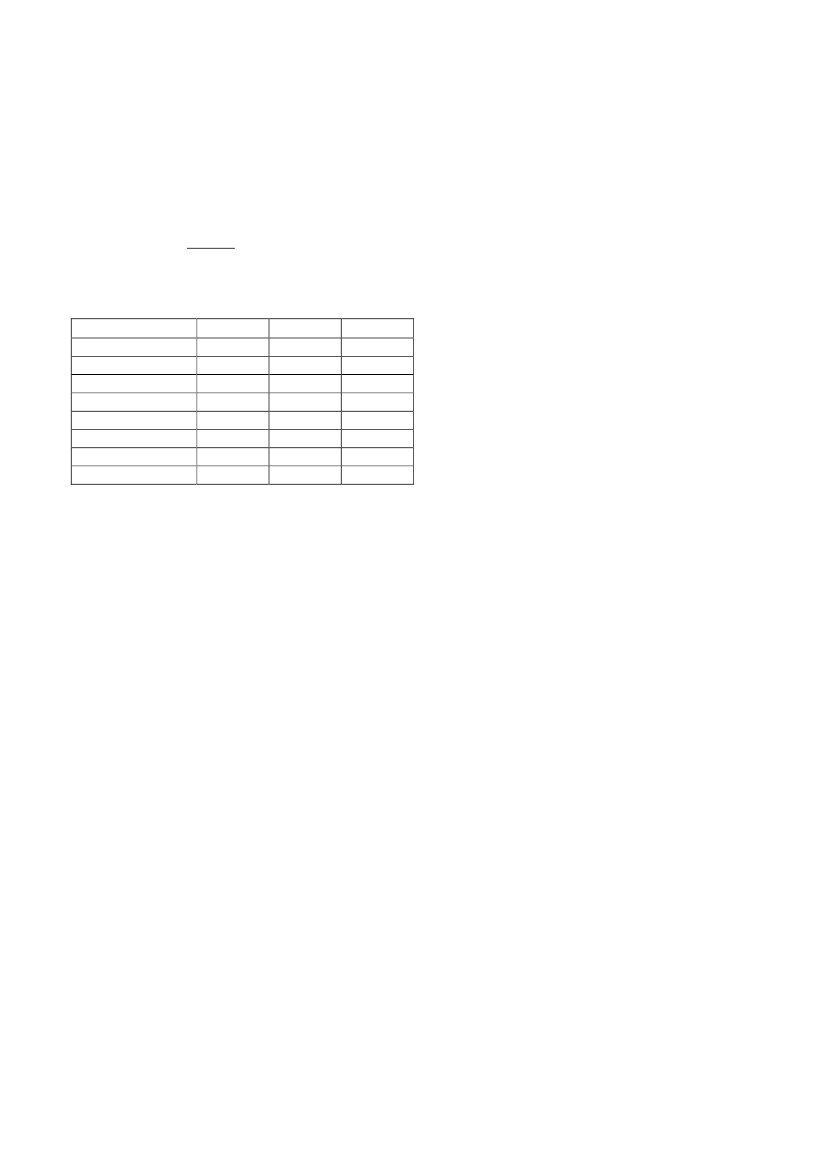Klima-, Energi- og Bygningsudvalget 2013-14
KEB Alm.del Bilag 157
Offentligt
Simplified upwind propagation model forwind turbinesModel description by Birger Plovsing and Jørgen Jakobsen (based on manuscript to besubmitted to Noise Control Engineering Journal)
Input parametershS: source height (m)d:horizontal propagation distance (m)u10: wind speed component 10 m above ground inthe direction of propagation (m/s), negative valuesin upwind
Fixed model parameters (cannot be changed)hR= 1.5 m: receiver heightz0= 0.05 m: roughness lengtht0= 10� C: air temperaturec(t0)= 337,4 m/s: the sound speed at temperaturet0
Calculation of model parameter d’Wind speedu(m/s) as a function of heightz(m):z10uzu10ln ln zz00Average sound speed gradientΔc/Δz(s-1):c uhSuhRzhShREffective sound speedc0(m/s) at the ground (z = 0) in linear sound speed profile approximation:cc0ct0u1010z
1
Relative sound speed gradienta(m-1):cc0az
Distance to shadow zone dSZ(m):dSZ2hS2hRaa
Horizontal propagation distance relative to shadow zone distanced’(dimensionless):dd dSZ
Method for determining the A-weighted upwind ground effectΔLuin excessof the A-weighted downwind ground effectΔLggiven in“Vindmøllebekendtgørelsen”:The excess A-weighted upwind ground effectΔLuin dB is calculated by:15if hS15hS hSif15hS7070if h70Sh 150.55k1S220h 152.1k2S500if d k1d k1Lu 15if k1d k2k2k115if d k2
Method for determining the upwind low frequency ground effectΔLuLFinexcess of the one-third octave band downwind ground effectΔLgLFgiven in“Vindmøllebekendtgørelsen”:For one-third octave band frequencies below 31.5 HzΔLuLFis equal to 0 dB.2
In the frequency range 31.5 Hz to 160 HzΔLuLFin dB is calculated by the following equation whereΔLmax,k1andk2are defined in the table below:0if d k1d k1 Lmaxif k1d k2k2k1Lmaxif d k2ΔLmax-3-6-10-14-15-15-15-15k132.321.71.61.51.451.35k2555.254.33.63.23.05
LuLF
Frequency (Hz)31.540506380100125160
3



